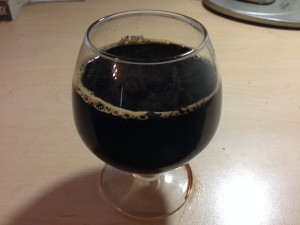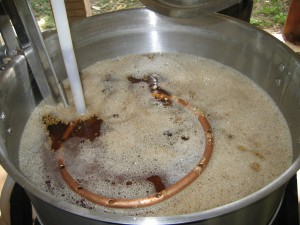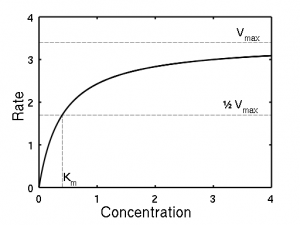This is the fifth article in this series on Russian imperial stouts.
Russian imperial stouts are big beers. The BJCP gives the range of original gravities (OGs) as 1.075–1.115. In practice, most commercial examples fall in the lower half of that range. When it comes to wort production, you have several options.





Recent Comments